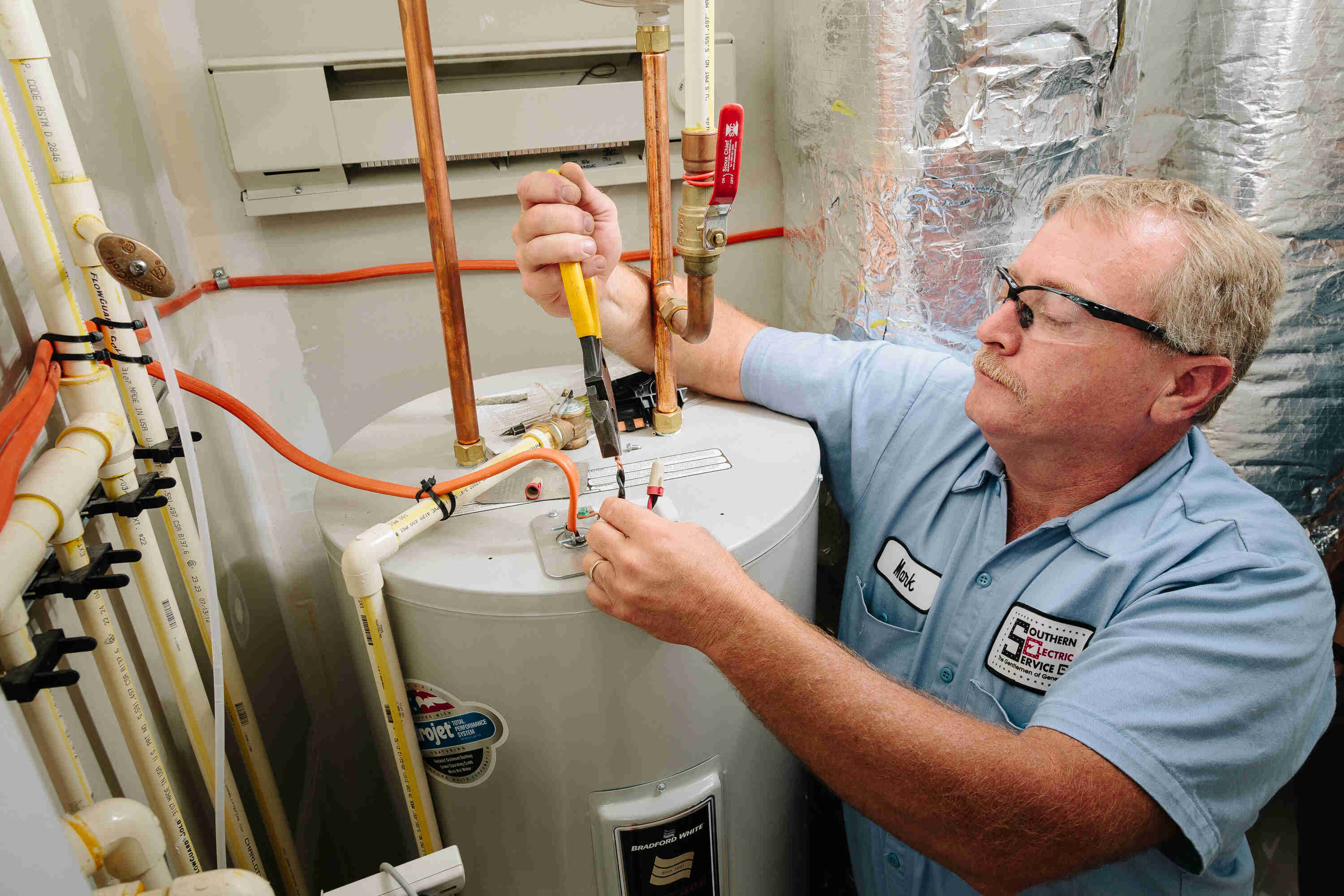Ensuring Durability of Your Home's Hot Water System: Care Tips
Ensuring Durability of Your Home's Hot Water System: Care Tips
Blog Article
They are making a number of good points related to How to Maintain a Hot Water Heater in a Few Simple Steps in general in the content on the next paragraphs.

Hot water is vital for everyday comfort, whether it's for a rejuvenating shower or washing recipes. To guarantee your hot water system runs successfully and lasts much longer, routine upkeep is essential. This article gives functional suggestions and understandings on exactly how to maintain your home's hot water system to stay clear of interruptions and costly fixings.
Introduction
Keeping your home's warm water system might seem overwhelming, yet with a few simple actions, you can ensure it runs smoothly for years ahead. This guide covers everything from comprehending your hot water system to DIY upkeep suggestions and knowing when to employ professional aid.
Significance of Keeping Your Warm Water System
Regular maintenance not just extends the life-span of your hot water system however also guarantees it operates effectively. Disregarding maintenance can bring about decreased effectiveness, higher energy costs, and even premature failing of the system.
Signs Your Hot Water System Demands Maintenance
Recognizing when your hot water system needs interest can prevent major problems. Watch out for indicators such as irregular water temperature, odd sounds from the heater, or rusty water.
Comprehending Your Hot Water System
Before diving into upkeep jobs, it's helpful to comprehend the standard components of your hot water system. Normally, this consists of the water heater itself, pipes, anode rods, and temperature controls.
Regular Monthly Maintenance Tasks
Routine regular monthly checks can aid capture small concerns before they escalate.
Purging the Hot Water Heater
Purging your hot water heater gets rid of debris build-up, improving effectiveness and extending its life.
Monitoring and Changing Anode Rods
Anode poles protect against deterioration inside the container. Inspecting and changing them when broken is essential.
Checking and Readjusting Temperature Settings
Adjusting the temperature level setups ensures optimal performance and safety.
DIY Tips for Upkeep
You can execute numerous upkeep jobs yourself to keep your hot water system in top condition.
Looking for Leakages
Regularly evaluate pipelines and links for leakages, as these can bring about water damages and greater expenses.
Evaluating Pressure Alleviation Valves
Examining the stress safety valve guarantees it works correctly and prevents too much stress accumulation.
Insulating Pipes
Insulating warm water pipelines decreases heat loss and can conserve power.
When to Call a Specialist
While do it yourself maintenance is advantageous, some issues call for expert competence.
Complex Issues Requiring Specialist Assistance
Examples consist of major leakages, electric issues, or if your water heater is continually underperforming.
Regular Professional Upkeep Advantages
Professional upkeep can consist of comprehensive inspections, tune-ups, and making certain compliance with safety and security requirements.
Conclusion
Regular upkeep of your home's hot water system is necessary for effectiveness, long life, and expense financial savings. By complying with these suggestions and knowing when to seek professional assistance, you can ensure a trusted supply of hot water without unanticipated interruptions.
How to Maintain an Instant Hot Water Heater
Before tinkering with your hot water heater, make sure that it’s not powered on. You also have to turn off the main circuit breaker and shut off the main gas line to prevent accidents. Also turn off the water valves connected to your unit to prevent water from flowing into and out of the appliance. 2. When you’re done, you have to detach the purge valves’ caps. These look like the letter “T†and are situated on either side of the water valves. Doing so will release any pressure that has accumulated inside the valves while at the same time avoid hot water from shooting out and burning your skin. 3. When the purge valves’ caps are removed, you have to connect your hosing lines to the valves. Your unit should have come with three hoses but if it didn’t, you can purchase these things from any hardware or home repair shops. You can also get them from retail stores that sell water heating systems. Read the user’s manual and follow it to complete this task properly. When the hosing lines are connected, open the purge port’s valves. 4. You should never use harsh chemical cleaners or solutions when cleaning your unit. Make use of white vinegar instead. It should be undiluted and you’ll probably use about 2 gallons. 5. Now flush your water heater. This task should probably take about 40 minutes. We can’t give you specific directions for this because the procedure is carried out depending on the type, model and brand of your heater. With that being said, refer to the user’s manual. 6. When you’re done draining the unit, you have to turn off the purge port valves again. Remove the hosing lines that you earlier installed on each of the water valves. Put the valve caps (purge port) back in their respective places and be very careful so as not to damage the rubber discs that are found inside these caps. 7. Now that everything’s back in place, check your user’s manual again to find out how to reactivate your water heating system. 8. Once it is working, turn one of your hot water faucets on just to let air pass through the heater’s water supply pipes. Leave the tap on until water flows smoothly out of it. https://www.orrplumbing.com/blog/2014/september/how-to-maintain-an-instant-hot-water-heater/

I recently found that page about Tips on Maintaining a Water Heater while browsing on the web. Sharing is good. Helping others is fun. I thank you for your readership.
Request Your Service Report this page